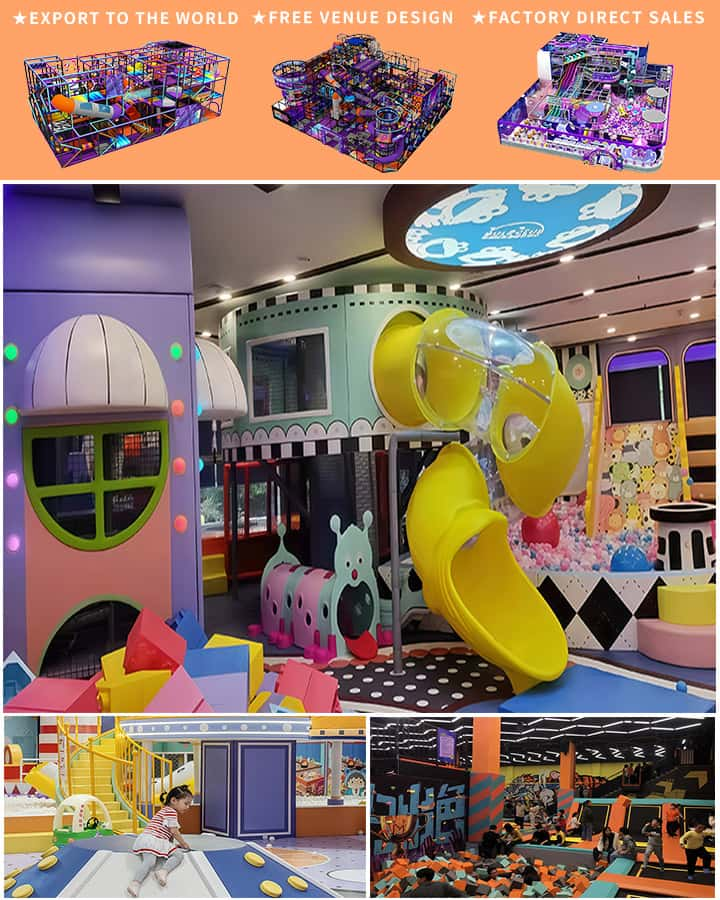In the bustling environment of a school, playgrounds serve as essential spaces where children can expend energy, socialize, and develop vital motor skills. The importance of safe playground equipment cannot be overstated, as it directly influences the well-being and developmental progress of students. Schools have a fundamental responsibility to ensure that playground equipment is not only engaging but also safe for use. Here’s how schools can prioritize safety when selecting and maintaining playground equipment.
Prioritizing Safety in Playground Equipment
Adherence to Safety Standards: Reputable manufacturers design playground equipment in compliance with stringent safety standards such as those set by the American Society for Testing and Materials (ASTM) and the Consumer Product Safety Commission (CPSC). It is crucial for schools to verify that all playground equipment meets these standards to minimize the risk of injuries.
Appropriate Age Group Considerations: Different age groups require distinct types of playground equipment to ensure their safety and developmental appropriateness. For younger children, equipment should have lower platforms and softer surfaces to reduce the risk of falls. Older children may benefit from more challenging structures that promote physical strength and coordination.

Regular Maintenance and Inspections: Continuous upkeep and regular inspections are vital to maintaining the safety of playground equipment. Schools should conduct frequent checks for signs of wear and tear, such as rusting, loose bolts, or cracked materials, and promptly address any issues identified. Engaging professional inspection services annually ensures comprehensive assessments and adherence to safety protocols.
Inclusive Design: Inclusive playgrounds cater to children of all abilities, promoting a sense of belonging and participation for every student. Features such as wheelchair-accessible swings, sensory play areas, and adaptive climbing structures ensure that no child is left out. An inclusive playground encourages social interaction and fosters a supportive community.
Proper Installation: Even the best quality playground equipment can pose risks if not installed correctly. Schools should engage certified professionals to install all playground equipment according to the manufacturer’s guidelines. Proper installation includes ensuring stable anchorage, correct fitting of components, and adequate surfacing materials like rubber mats or wood chips to cushion falls.
Education and Supervision: Educating both staff and students on the safe use of playground equipment is paramount. Schools should implement clear guidelines and rules for playground behavior and supervise playtime activities to ensure these rules are followed. Additionally, providing training for teachers and staff on recognizing hazardous conditions and responding to accidents can enhance overall safety.
Benefits of Safe Playground Equipment
Investing in high-quality, safe playground equipment yields numerous benefits for schools. These include:
- Reduced Risk of Injuries: High-quality, well-maintained equipment significantly reduces the likelihood of accidents and injuries, creating a safer environment for students.
- Enhanced Learning Experience: Safe playgrounds allow children to explore, learn, and grow through unstructured play, which is essential for cognitive and social development.
- Improved Physical Health: Access to safe playground equipment encourages physical activity, contributing to better overall health and fitness among students.
- Parental Peace of Mind: Ensuring playground safety alleviates concerns for parents, fostering stronger community trust and involvement.
Conclusion
Providing safe playground equipment for schools is an investment in the health, safety, and well-being of students. By adhering to safety standards, considering the needs of different age groups, maintaining equipment regularly, incorporating inclusive designs, ensuring proper installation, and promoting education on safe usage, schools can create nurturing and secure play environments. A commitment to safety in playgrounds not only protects students but also enriches their educational experience, supporting their physical, social, and emotional growth.




